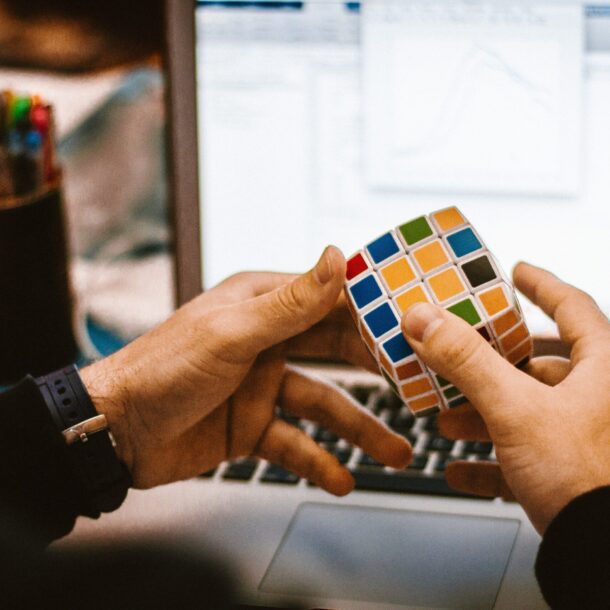
3 Powerful Benefits of Gamification in Training and Development Processes
Arun Nagarajah
May 9, 2022What is Gamification?
To understand gamification, it’s helpful to look at what a game is. The definition of a game is: “A structured activity, usually undertaken for enjoyment and sometimes used as an educational tool.” Games are not just a series of physical activities.There are intellectual games, like chess or trivia contests, Angry Birds or Assassin’s Creed. None of these examples involve any kind of competition per se (there can be no winner if there’s only one player), but they all have defined goal states and rules that the players must follow to achieve them. Gamification is simply the application of this same structure to non-game contexts to make them more engaging and motivating for participants.

Gamification has been used in many industries with varying degrees of success; however, it can be particularly influential as a tool for fostering employee learning and changing behavior in a training and development setting.
Effectiveness of Gamification when Applied to Training and Development Processes
To start, gamification can be applied to any audience and any subject. It can be used in both physical and virtual environments for short- or long-term training by individuals or groups. It allows you to customize your goals and objectives. For instance, are you looking to increase engagement? Motivation? Create a positive learning environment? Gamification can help with all of those things and more.
In addition to the flexibility that comes with customizing your own game, it’s also a great motivator because it gives employees (and players) a goal they get to work toward while still learning at their own pace. If you’re an employer looking for ways to decrease turnover or increase employee morale, this might be the solution for you!
Better Process

Let’s take a look at how gamification in training can transform programs and make learning more effective:
Gamification makes the learning process more enjoyable
When you add gaming elements to your training process, learners will enjoy it and would want to keep playing. They will feel that they are part of an ever-evolving story and will be curious to see what happens next! This is a top advantage of gamifying your training since it immediately improves the user experience by making it more fun.
Gamification increases learner engagement
Gamification in training taps into learners’ natural desire for competition, which leads to higher engagement. Applying game-like elements to your training program will allow learners to customize their own experience and motivate them to learn more effectively. This is especially useful for employees tasked with mastering new skills or processes as part of their professional development. By livening up the learning process, you’ll increase their motivation and help them master their new skills even quicker!
Reward Incitement
- Rewards are great for keeping learners engaged and motivated. They boost creativity, self-confidence, and productivity. They can be immediately given out (for example, a “thumbs up”) or cumulative (such as an achievement badge).
- Achievement badges can have multiple levels based on the level of achievement that can be displayed publicly or privately.
- Rewards are not always monetary—they can also be non-monetary such as a certificate or completion of the course.

Gamification as Enjoyment for Learners
One of the significant benefits of using games in any training and development process is that it helps sustain learners’ engagement. Engagement can be defined as the passion, motivation, and drive learners to feel towards an activity or learning environment. A high level of learner engagement is essential for increased enjoyment and better performance. As such, it’s a crucial element to consider in any training process.
Studies have found that when employees are engaged in their training, they are 45% more likely to report higher levels of job satisfaction and 67% more likely to be involved with their jobs overall. However, it is essential to note that prolonged gaming sessions can lead to disengagement, if not appropriately managed by the trainer. Therefore, it’s important not to overuse gamification within your training processes.
Final Thoughts:
All in all, we believe that gamification has its place in training and development processes. There are numerous benefits it can bring to this domain. However, how and where gamification is used in a training and development process should depend on the target audience. It may be a good idea to conduct a needs analysis first before making any decisions. Reach out to us for assistance and more gamified solutions.
9.08 & 9.09, Block E Phileo Damansara 1,
9, Jalan 16/11, 46350 Petaling Jaya, Selangor
Telephone: +60122254456
Email: [email protected]
(202001021557) (1377877-X)
All Rights Reserved



